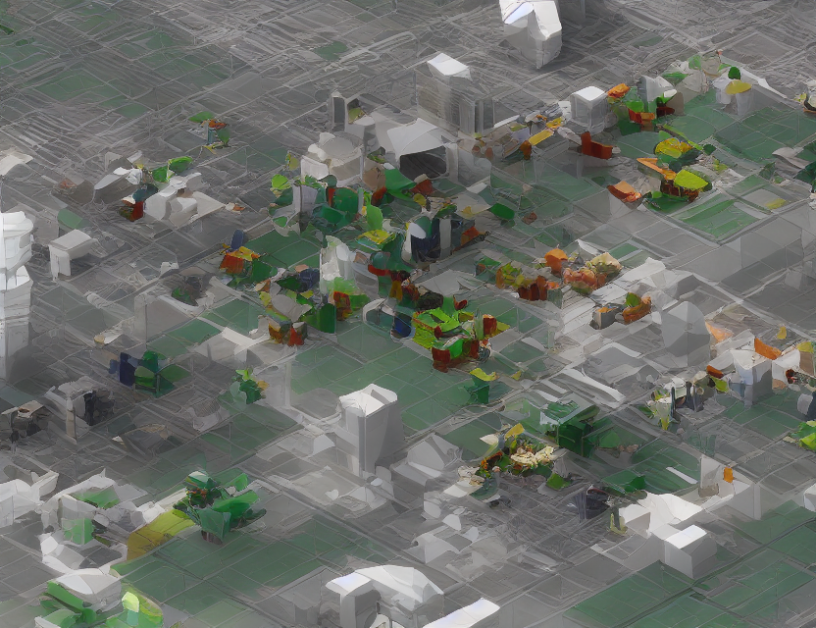Imagine you’re trying to predict the future position of a moving object, like a robot arm, based on its past movements. This is a complex task because the arm can move in many different ways depending on its configuration and the environment it’s in. To make things worse, we don’t have access to the exact future positions of the arm, only the past ones. That’s where surrogate loss functions come in.
Surrogate loss functions are a new approach to structured prediction that help us solve this problem by creating a simplified representation of the arm’s movements. We do this by embedding the arm’s past positions into a lower-dimensional space, called the "surrogate space," and then solving the prediction problem in this simpler space. Finally, we map the solution back to the original space, called the "structured space," to obtain the predicted future positions of the arm.
The surrogate approach is made possible by kernel designs for motion pattern capture. Kernel designs are like specialized lenses that help us focus on the most important features of the arm’s movements. By choosing the right kernel design, we can create a surrogate space that accurately captures the essential patterns of the arm’s movements, making it easier to predict its future positions.
The article presents a new method for solving structured prediction problems using surrogate loss functions and kernel designs. The proposed approach is tested on motion capture data and shows improved performance compared to traditional methods. By providing a simpler and more efficient way to solve structured prediction problems, this work has the potential to make a significant impact in fields such as robotics, computer vision, and machine learning.
Surrogate-Based Structured Prediction: A Comprehensive Review



